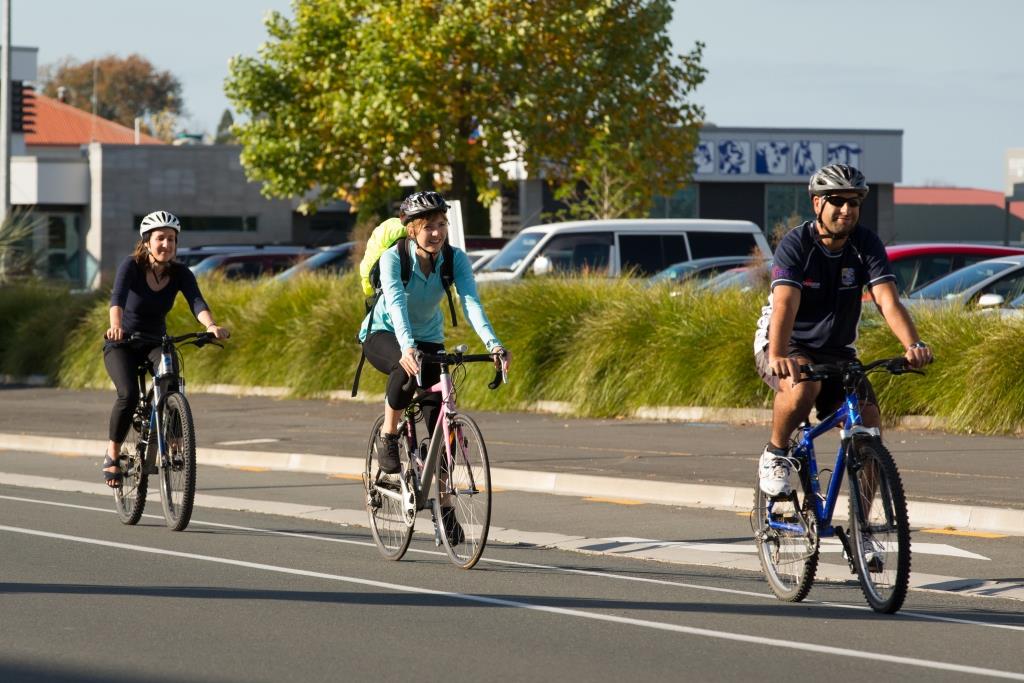
Our bodies are made to move! They were not made to sit still for most of the day at home, at work, or in the car. Long commutes and changes in the way we work has meant some people spend a lot of their day sitting or standing still. Your workplace may not be able to change the type of work, but you can change the job design (variety of tasks and breaks). Workplaces can also provide facilities (showers, bike racks, storage lockers) to encourage your people to be active before and after work. Flexible working hours is also another great way to encourage being physically active.
Research suggests an active workforce can save costs through reduced absenteeism and staff turnover, and improved productivity.
See the following sections for examples of how to address physical activity using a multi-level approach.
Research suggests an active workforce can save costs through reduced absenteeism and staff turnover, and improved productivity.
See the following sections for examples of how to address physical activity using a multi-level approach.
